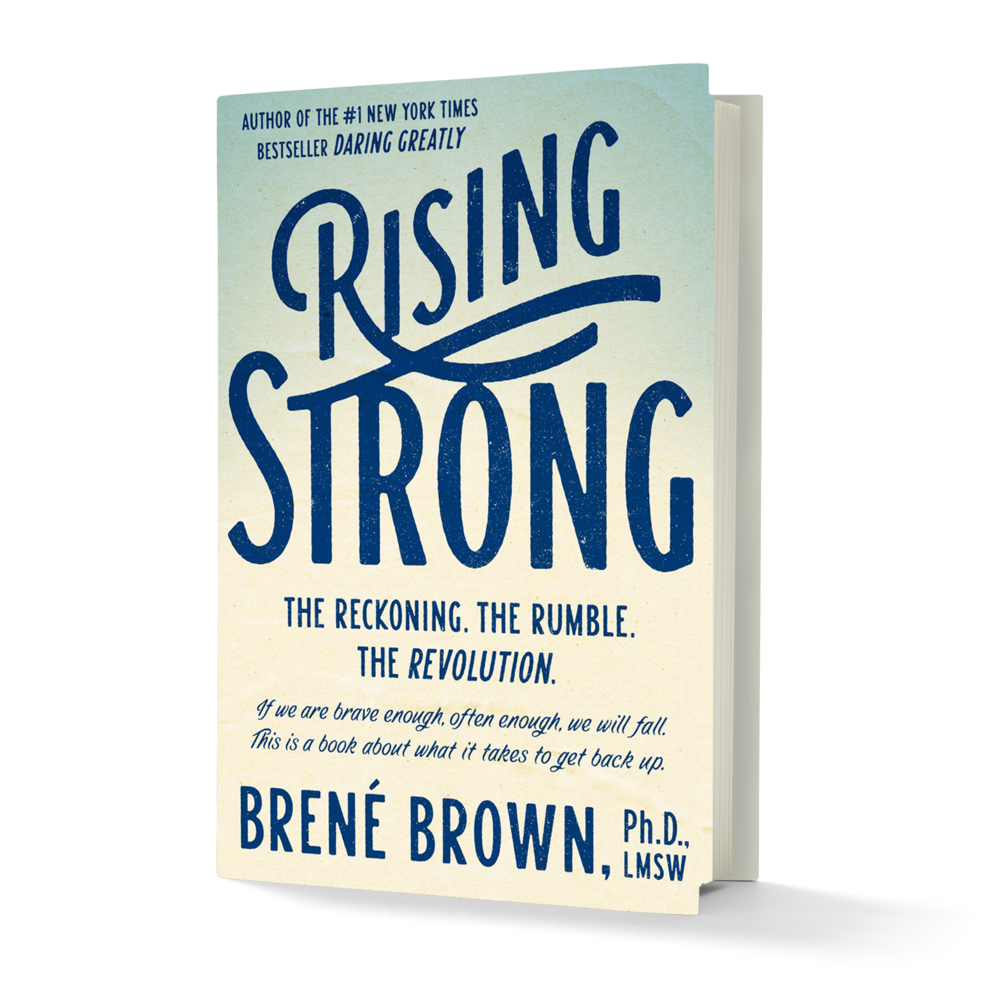
Last week I attended a live presentation by bestselling author and TED talk speaker Dr. Brené Brown. Her 2010 Ted talk, “The power of vulnerability,” is one of the top five most viewed TED talks ever, with more than 21 million views. But last week she didn’t talk about vulnerability; instead she spoke about having emotional courage in the workplace.
In this blog post, I’d like to share some takeaways from her talk. Before you roll your eyes and “get back to work,” stay with me. Emotional courage is needed at work.
But first, a story.
My Story
A few weeks ago, the department heads of our company were in a meeting. We were discussing the possibility of hiring some new positions, and the hiring we had done in the past.
Another department head said, “We want to make sure we’re being very intentional with our hiring, that we really need the positions we’re hiring for.” Then he looked straight at me and said, “Because in the past, the Marketing team brought on new positions and then ran out of work for them. We don’t want that to happen again.”
Boom! That set off emotional fireworks in me. Not just the starters, the finale.
Angry and defensive, I blurted out something childish and immature, which made the whole room feel awkward and heavy, and I couldn’t regain my composure. All I could think of were mean things about this department head, and how he doesn’t know anything.
It was not a productive or healthy moment.
How About You?
Did something like this ever happen to you? An inciting incident occurs at work and suddenly your emotional fireworks are firing on all cylinders, and people had better get out of the way. The workplace can be fertile ground for scenarios like this, which can sap productivity, create hostility, and foster an unhealthy environment.
But there’s a way to overcome these pitfalls. In her new book, “Rising Strong,” which her live presentation was based on, Dr. Brené Brown says what is needed is emotional courage to own our emotions and the stories they’re revealing. This is the process called, “rising strong.”

Rising strong has three steps—the reckoning, the rumble, and the revolution. As we introduce these three steps, we’ll also debrief my department head meeting. I’m going to get vulnerable, but it’ll be helpful in understanding the process.
Step #1: The Reckoning
According to Brown, “Men and women who rise strong are willing and able to reckon with their emotions. First, they recognize that they’re feeling something—a button has been pushed, they’re hooked, something is triggered, their emotions are off-kilter. Second, they get curious about what’s happening and how what they’re feeling is connected to their thoughts and behaviors. Engaging in this process is how we walk into our story.” (Page 40)
Debrief: I was feeling angry and defensive and even shameful. My heart pounded, breathing rate increased, and I clenched my fists. Plus I felt the need to defend myself, to get allies in the room, and justify my past actions. Of course, this emotional recognition came later. But in the moment, all I could think of was striking back like a cobra.
Step #2: The Rumble
Brown says, “Men and women who rise strong are willing and able to rumble with their stories. By rumble, I mean they get honest about the stories they’ve made up about their struggles and they are willing to revisit, challenge, and reality-check these narratives as they dig into topics such as boundaries, shame, blame, resentment, heartbreak, generosity, and forgiveness. (Page 40)
“Rumbling with these topics and moving from our first responses to a deeper understanding of our thoughts, feelings, and behaviors gives birth to key learnings about who we are and how we engage with others. The rumble is where wholeheartedness is cultivated and change begins.” (Page 41)
Debrief: When the department head challenged my previous hiring decisions, it hit a nerve. When he was talking, this is what I was thinking, “He doesn’t think I’m qualified for this job. I’m probably not. Other people probably think so, too.” This is the story I was telling myself, which explains the anger and defensiveness. Shame came at the thought that I really wasn’t who I thought I had been. It never occurred to me that the story I was telling myself might be false. I desperately needed to rumble.
Step #3: The Reckoning
Finally, “Rumbling with our story and owning our truth in order to write a new, more courageous ending transforms who we are and how we engage with the world. Men and women who rise strong integrate the key learnings that emerge from the rising strong process into how they live, love, lead, parent, and participate as citizens. This has tremendous ramifications not only for their own lives, but also for their families, organizations, and communities.” (Page 41)
Debrief: Now that I’m aware of the false story that I can begin telling myself at work, I’m on guard against it. I can walk in the truth. I’ve been empowered to have more productive conversations to clarify my story. Since the meeting, I’ve spoken with my coworker about the story I was telling myself, and our working relationship has improved. More than that, I have more confidence, productivity, and satisfaction.
Emotional courage is needed in the workplace. Sometimes we perpetuate our myths for years, and our relationships and productivity suffer greatly. If you can relate, consider reading Brown’s book. And comment back to share solutions you have found.
 Best-in-class portfolio-level energy and utility bill data management and reporting.
Best-in-class portfolio-level energy and utility bill data management and reporting.
 Real-time energy and sustainability analytics for high-performance, net-zero buildings.
Real-time energy and sustainability analytics for high-performance, net-zero buildings.
 A holistic view of financial-grade scope 1, 2, and 3 carbon emissions data across your entire business.
A holistic view of financial-grade scope 1, 2, and 3 carbon emissions data across your entire business.
 Energy and sustainability benchmarking compliance software designed for utilities.
Energy and sustainability benchmarking compliance software designed for utilities.




